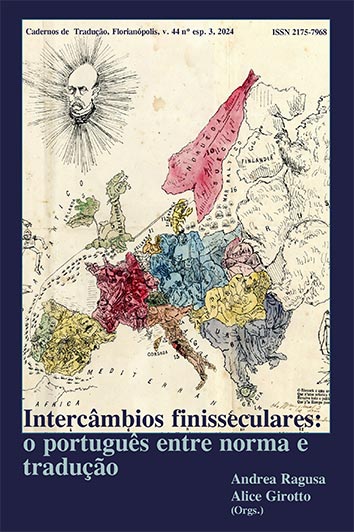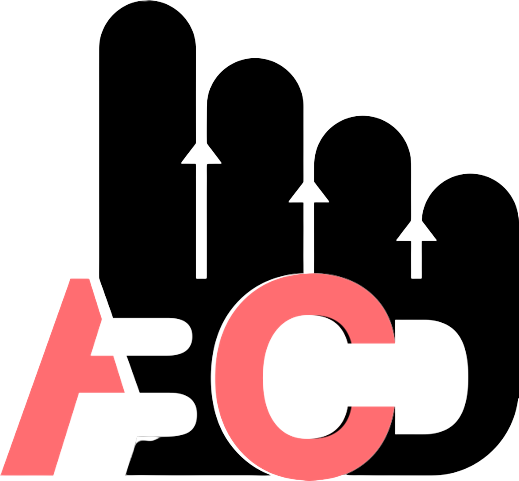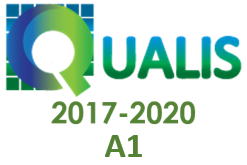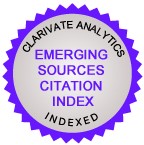(Re)constructing a history of the future: the emergence of Brazilian Portuguese in the cultural debate of Brazil at the end of the eighteenth century
DOI:
https://doi.org/10.5007/2175-7968.2024.e101950Keywords:
brazilian portuguese, european portuguese, Paranhos da Silva, end of the 19th centuryAbstract
In the wake of Tarallo’s (1993) well-known diagnosis of the emergence, at the end of the 19th century, of a Brazilian grammar that was radically different from the Lusitanian one, this article intends to focus on the ongoing linguistic-cultural debate that accompanied this process of differentiation between the two varieties of Portuguese in Brazil, and which certainly goes beyond mere grammatical codification. In this sense, instead of the Brazilian grammars of the Portuguese language, the production of which intensified from the 1880s onwards, the field of research here will consist of a single work, O idioma do hodierno portugal comparado com o do Brazil (1879), by the philologist José Jorge Paranhos da Silva and apparently separate from that grammaticalographic strand, In fact, it is the ‘first text that deals systematically with the Portuguese spoken in Brazil’ (Cavaliere, 2019), and
where we can perhaps glimpse the seminal, albeit controversial, dawning of an imaginary, at least in
formation, of what the Brazilian Portuguese of the future will be.
References
Aguiar, M. dos Reis (2007). As reformas ortográficas da língua portuguesa. Filologia e Linguística Portuguesa. 9, 11-26.
Bagno, M. (2017). Dicionário Crítico de Sociolinguística. Parábola Editorial
Barbosa, J. Soares (1830). Grammatica Philosophica da Lingua Portugueza. 2ª ed. Typographia da Academia Real das Sciencias.
Caetano, B. (1881). Rascunhos sobre a Grammatica da Lingua Portugueza. Typographia de A. dos Santos.
Cardeira, E. (2005). Entre o Português Antigo e o Português Clássico. Imprensa Nacional – Casa da Moeda.
Cardoso, S. (2021). Sobre o que diz ‘Um Brazileiro’ em O Idioma do Hodierno Portugal comparado com o do Brasil. In V. de Andrade Aguilera, J. Andrade Mota, & J. Moreira de Oliveira (Orgs.). Suzana Cardoso. Um legado para a dialetologia brasileira (pp. 67-80). Eduel – EDUFBA.
Castro, I. (2017). Galegos e Mouros. A língua galega vista pelos filólogos portugueses. In A Estrada de Cintra. Estudos de Linguística Portuguesa (pp. 71-93). Imprensa Nacional – Casa da Moeda.
Cavaliere, R. (2019). O nome da língua no Brasil oitocentista. Linha D’Água, 32(1), 81-106.
Cavaliere, R. (2022). História da Gramática no Brasil. Séculos XVI a XIX. Editora Vozes.
Coelho, O. Ferreira (2012). O Português do Brasil em Macedo Soares (1838-1905). Limite, 6, 199-215.
Coelho, O. Ferreira, Danna, S. M. Gabriel, & Polachini, B. Soares (2014). O Português do Brasil em gramáticas brasileiras do século XIX. Confluência. Revista do Instituto de Língua Portuguesa 46(1),115-141.
Cunha, C. (2009). Língua Portuguesa e realidade brasileira. Edições Tempo Brasileiro.
Faraco, C. A. (2008). Norma culta brasileira: desatando alguns nós. Parábola Editorial.
Faraco, C. A. (2011). O Brasil entre a norma culta e a norma curta. In X. C. Lagares & M. Bagno (Orgs). Políticas da norma e conflitos linguísticos (pp. 259-275). Parábola Editorial.
Galves, C., & Oliveira, M. de (2022). The debate on Brazilian and European Portuguese. In J. Kabatek, & A. Wall (Eds). Manual of Brazilian Portuguese Linguistics (pp 219-250). De Gruyter.
Gonçalves, M. F. (1999). Projectos oitocentistas de ortografia brasileira. In Actas do Sexto Congresso da Associação Internacional de Lusitanistas (pp. 579-584). Associação Internacional de Lusitanistas.
Holanda, S. Buarque de (1969). Raízes do Brasil. 5ª ed. Livraria José Olympio Editora.
Ilari, R. (2012). Independência política e ideologia linguística no Brasil do século XIX. Stockholm Review of Latin American Studies (¿Lenguas Independientes? Sobre el lenguaje como un proceso dinámico), 8, 7-19.
Mota, J. Andrade, & Cardoso, S. A. Marcelino (2000). Dialectologia brasileira: o Atlas linguístico do Brasil. Revista ANPOLL, 8, 41-57.
Mota, J. Andrade, & Cardoso, S. A. Marcelino (2005). Para uma nova divisão dos estudos dialetais brasileiros. In L. M. P. Lobato, S. M. Bortoni-Ricardo, A. S. A. C. Cabral, H. M. M. S. Salles, M. M. P. Scherre, & D. M. Grannier (Orgs). Anais do IV Congresso Internacional da ABRALIN (pp. 95-101). Associação Brasileira de Linguística – Universidade de Brasília.
Noll, V. (2009). O mito da origem portuguesa do chiamento carioca. In S. S. Costa Ribeiro, S. B. Borba Costa, & S. A. M. Cardoso (Orgs.). Dos sons às palavras. Nas trilhas da língua portuguesa (pp. 305-319). SciELO – EDUFBA
Noll, V. (2022). Historical Phonetics and Phonology. In J. Kabatek, & A. Wall (Eds). Manual of Brazilian Portuguese Linguistics (pp 113-132). De Gruyter.
Pagotto, E. Gozze (1998). Norma e condescendência – Ciência e pureza. Línguas e Instrumentos Lingüísticos, 3, 49-68.
Pinto, E. Pimentel (1978). O Português do Brasil: textos críticos e teóricos, 1- 1820-1920. EDUSP.
Silva, J. J. Paranhos da (1879). O Idioma do hodierno Portugal comparado com o do Brazil. Iª parte. Typographia de Lourenço Winter.
Silva, J. J. Paranhos da (1879). O Idioma do hodierno Portugal comparado com o do Brazil. IIª parte. Typographia de Lourenço Winter.
Soares, M. (2004). Português na escola. História de uma disciplina curricular. In M. Bagno (org.). Lingüística da Norma (pp. 155-177). 2.ª ed. Edições Loyola.
Tarallo, F. (1993). Diagnosticando uma gramática brasileira: o português d’aquém e d’além-mar ao final do século XIX. In I. Roberts, & M. Kato (Orgs.), Português Brasileiro. Uma viagem diacrônica (pp. 69-105). Editora da Unicamp.
Veloso, J. (2022). Redução vocálica em português europeu: Um processo em declínio? Variedades europeias e não europeias em rota de aproximação. In C. Teixeira, V. Gonçalves, P. O. Fernandes, & C. S. Araújo (Orgs.). Livro de Atas do III Encontro Internacional de Língua Portuguesa e Relações Lusófonas – LUSOCONF 2021 (pp. 397-411). Instituto Politécnico de Bragança.
Venâncio, F. (2019). Assim nasceu uma língua. Sobre as origens do português. 2.ª ed. Guerra e Paz.
Downloads
Published
How to Cite
Issue
Section
License
Copyright (c) 2024 Cadernos de Tradução

This work is licensed under a Creative Commons Attribution 4.0 International License.
Copyright Notice
Authors hold the copyright and grant the journal the right for their articles' first publication, being their works simultaneously licensed under the Creative Commons Attribution License (CC BY), which allows the sharing of such works with its authorship acknowledged and its initial publication in this journal.
Authors are allowed to enter into separate additional contractual arrangements for the non-exclusive distribution of the journal's published version of the work (e.g., post it to an institutional repository or as a book chapter, with an acknowledgment of its initial publication in this journal).






















































